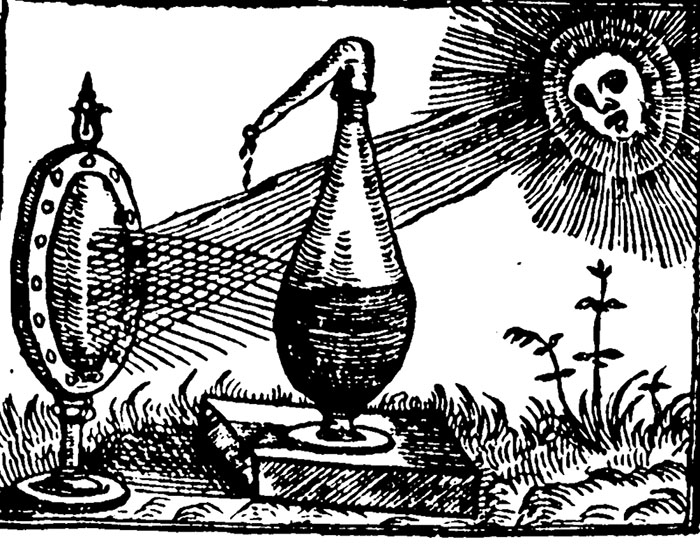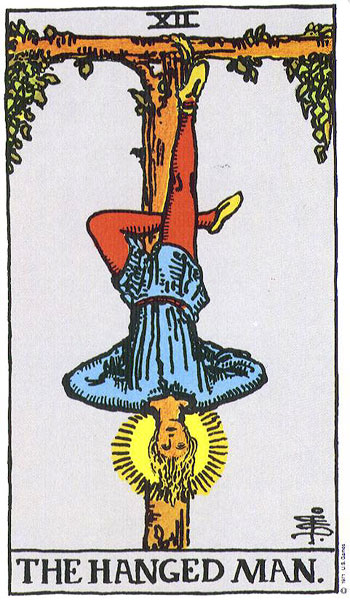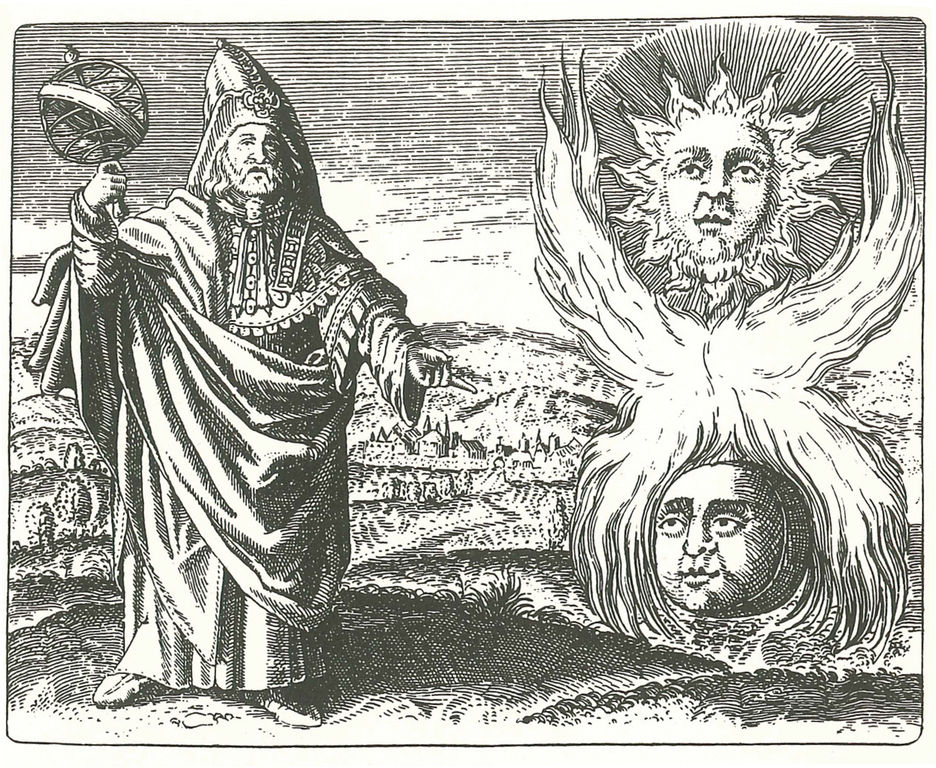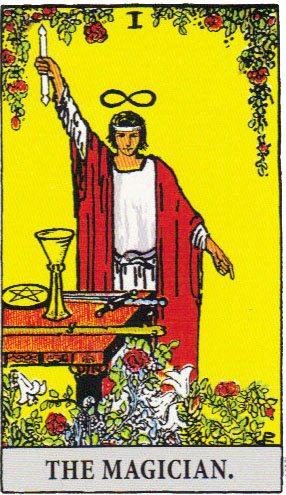
As above, so below
Watch the stars, and see yourself running with them.
—Marcus Aurelius
Back when the ancient race of giants towered over Britain, a giant named Idris was said to read the future in the stars, all the way to doomsday. From his throne on the peak of a mountain, he mapped the dance of constellations across the night sky.
Some scholars believe the great poet Taliesin may have surveyed the stars from the same mountaintop chair. In Hanes Taliesin he says, “I know the names of the stars from north to south.“
Throughout history, shamans, magicians, druids and poets have all understood the wisdom of studying the stars. They memorized the wheeling of the zodiac. They recorded the constellations in myth and sought their myths in the constellations. They found similarities between the patterns of the sky and the patterns of the Earth.
Some believed the celestial alignment at the moment of birth revealed a blueprint of the person’s life—the seed that would unfold into their future.
Encoded within this belief is the Hermetic Principle of Correspondence, one of the seven esoteric principles that form the underpinnings of much of Western mysticism. They’re gleaned from writings attributed to Hermes Trismegistus, who claimed to know the three parts of the wisdom of the whole universe. These, he said, were alchemy, the art of transmutation; theurgy, the art of invoking deity; and astrology, the art of divining by the stars.
The Principle of Correspondence states:
That which is Below corresponds to that which is Above, and that which is Above corresponds to that which is Below, to accomplish the miracle of the One Thing.
What does it mean? It means the movement of the stars mirrors what’s happening on Earth. It means the outer world reflects our own inner world. It means the same laws that govern dense matter also apply to subtle matter. It means whatever happens on any plane of existence—physical, mental and spiritual—happens on all the others.
It means that, if Hermes is to be believed, we can understand the universe through its patterns.
“The ancient Hermetists considered this Principle as one of the most important mental instruments by which man was able to pry aside the obstacles which hid from view the Unknown. Its use even tore aside the Veil of Isis to the extent that a glimpse of the face of the goddess might be caught,” says The Kybalion.
“Just as a knowledge of the Principles of Geometry enables man to measure distant suns and their movements, while seated in his observatory, so a knowledge of the Principle of Correspondence enables Man to reason intelligently from the Known to the Unknown. Studying the monad, he understands the archangel.”

Which way is up?
When you’re standing on a spinning orb that’s hurtling through space, above and below are relative. Up and down are relative. If we could dig deep enough, we’d eventually find ourselves rising to the surface again. Go far enough below, and you end up above.

“To us they are not always the same but change with the direction in which we are turned: that is why the same thing may be both right and left, up and down, before and behind,” wrote Aristotle.
Yet in nature, above and below are also distinct realms. We recognize them not just by their location in relation to ourselves, but by the properties of the energies drawn to them. Just look at the Hanged Man card in the Tarot. Hung upside-down by his ankle, his individual perspective of above and below may be temporarily reversed, but it doesn’t change which direction smoke will rise or leaves will fall.
“It is not every chance direction which is ‘up’, but where fire and what is light are carried; similarly, too, ‘down’ is not any chance direction but where what has weight and what is made of earth are carried.”
We often think of spirit as a form of light. Souls are said to ascend once no longer chained down by matter. Above, then, is the realm to which spirit is drawn, while below is the realm to which matter is drawn.
Within our planetary life forms, which consist of spirit encased in matter, the subtle body’s innate tendency to rise to the above is held in check by the weight of the gross body, whose own proclivity to sink downward is buoyed by the lightness of spirit. We are the center of tension between these two opposing forces. Thus, in an alchemical and metaphysical sense, we serve as their in-between, the boundary where above and below meet.
Until, of course, the two are twain.
Separate thou the earth from the fire, the subtle from the gross sweetly with great industry.
It ascends from the earth to the heaven and again it descends to the earth and receives the force of things superior and inferior.
By this means you shall have the glory of the whole world and thereby all obscurity shall fly from you.
—The Emerald Tablet
The alchemical formula above describes a process of fermentation and distillation in which the subtle is released from the gross and allowed to rise, then is returned to matter as a purified version of itself. The physical process itself results in the beverages we call spirits. Psychologically, we undergo a similar process as we develop and grow as human beings.

In nature’s own image
So God created mankind in his own image, in the image of God he created them
—Genesis 1:27
To understand the universe, we need look no farther than ourselves—and vice versa. To say we’re made of star stuff isn’t just New Age poetic fancy. It’s scientific fact. The atoms that comprise our bodies mimic the behavior of solar systems. Our internal systems and organs follow patterns similar to those found in nature.
“Man is a whole world of its own, called microcosm for it displays a miniature pattern of all the parts of the universe,” wrote the physician and mystic Robert Fludd.
In that sense, we really are created in the image of god.
 Since we exist as a fusion between matter and spirit, belonging fully to neither, we can also serve as a link or conduit between the two realms. The Magician card of the Tarot depicts the practitioner standing with one hand aloft and the other pointed toward the ground, uniting the two realms, indicating that the magician’s power stems from understanding the relationship between the microcosm and macrocosm.
Since we exist as a fusion between matter and spirit, belonging fully to neither, we can also serve as a link or conduit between the two realms. The Magician card of the Tarot depicts the practitioner standing with one hand aloft and the other pointed toward the ground, uniting the two realms, indicating that the magician’s power stems from understanding the relationship between the microcosm and macrocosm.
The Law of Correspondence is deeply embedded within the symbolic language plied by poets and mystics alike. We find similarities between two disparate things, and then we use the one to extrapolate upon the other. When we speak of the depths of our unconscious or the properties of our shadow or the light of consciousness, we’re not only acknowledging similarities between aspects of our psyche and natural phenomena, but we’re making certain assumptions about one based on how the other behaves. When we compare the unseen thing to its familiar counterpart—emotions to water, for example—we deepen our understanding of its nature and, by doing so, implicitly acknowledge the Principle of Correspondence. Because the two share similarities, other similarities must exist.
Magicians take this a step further, positing that if two things share a likeness, then what happens to one also happens to the other. If a candle flame represents consciousness, then we can manipulate the flame to produce changes in consciousness. If we create a likeness between a poppet and a person, we can affect the person by acting upon the poppet. Thus, as a mediator between the two realms (above and below), the magician has the ability to not only understand the universe through correspondence, but also to influence it.
Known as the Law of Similarity, this effect is one of the two main theories underpinning much of modern magical thought and practice. Although commonly attributed to Sir James George Frazer, author of The Golden Bough, the idea was first published in 1878 by ethnographer Richard Andree:
If we analyze the principles of thought on which magic is based, they will probably be found to resolve themselves into two: first, that like produces like, or that an effect resembles its cause; and, second, that things which have once been in contact with each other continue to act on each other at a distance after the physical contact has been severed. … From the first of these principles, namely the Law of Similarity, the magician infers that he can produce any effect he desires merely by imitating it.
Not only does the Principle of Correspondence allow us to understand, communicate and even affect our universe, but it also enables us to travel between worlds. Shamans use it to journey between the different planes of existence. The concept of a World Tree, or central axis around which the wheel of the universe turns, provides a cosmological map of the upper, lower and middle realms—the above, below and between. According to the Principle of Correspondence, this central axis also runs through each individual body within creation. Therefore, the shaman can climb or descend the universal World Tree by climbing or descending her own personal version of it.
In a world composed of patterns within patterns within patterns, understanding the language of correspondences is the key to unlocking the mysteries of nature. The simple act of gazing up at the stars can take us on a journey deep within ourselves.
Featured image via Wikimedia Commons